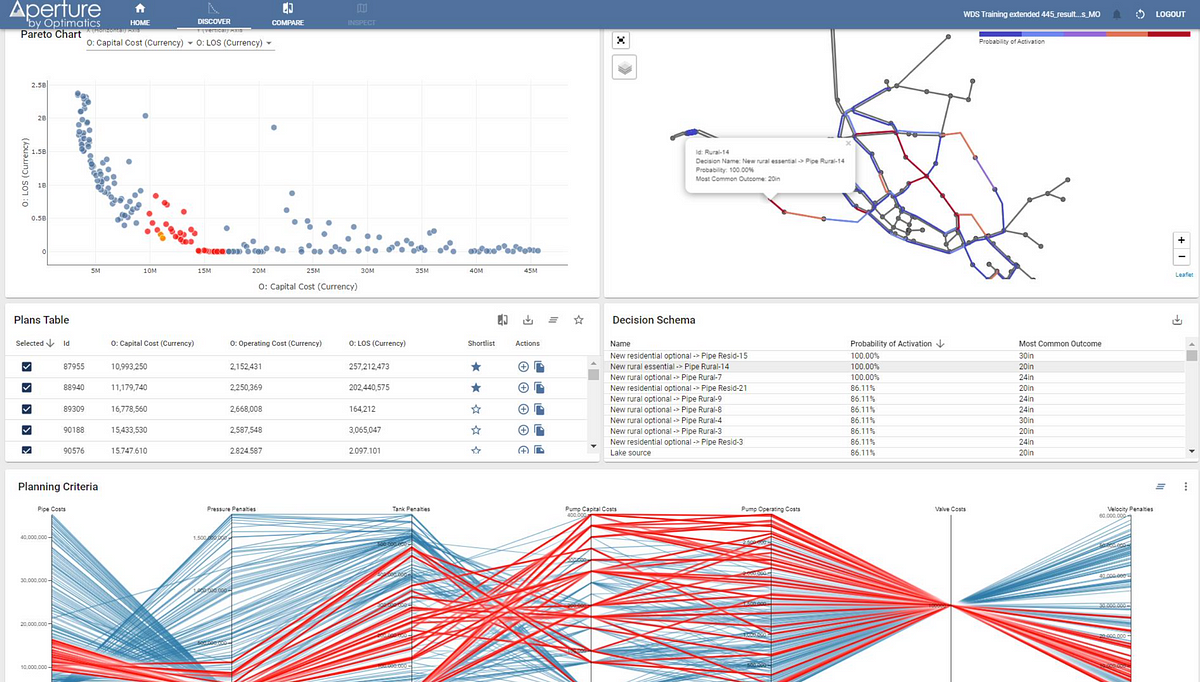We are awash in data, grappling with the complexity of problems we can increasingly model, but still struggle to interpret. We need sound decision-making in important domains like healthcare, finance, and infrastructure now more than ever.
Software plays a key role in helping us make sense of the world. Software products provide us with methods to overcome cognitive blindspots, expand our awareness, and make connections. Decision intelligence tools represent a quantum leap in practical applications of the information that surrounds us.
Applying new technologies is the tricky part. We want scalable solutions that take advantage of advancements in computation and algorithms. That’s where product leadership comes in. We need to guide the creation of the software so it can be leveraged by users who drive progress in their organizations. Decision intelligence software has a significant role to play in improving the performance of companies. Product leaders who harness best practices shape outcomes by offering solutions that can be widely adopted.
How can we best leverage new technologies to improve the quality of our decisions?
In this article, I will illustrate the importance and meaning of decision intelligence software and cover the important factors to consider when building it, drawing upon my experience designing and launching a new product. I’ll discuss users who are decision-makers that manage complex systems (water networks), but the techniques generalize across domains.
I hope these lessons will be helpful for other technology professionals who develop analytics, decision support, and other data-oriented enterprise products to improve decision quality.
#product-management #artificial-intelligence #data-science #decision-making
